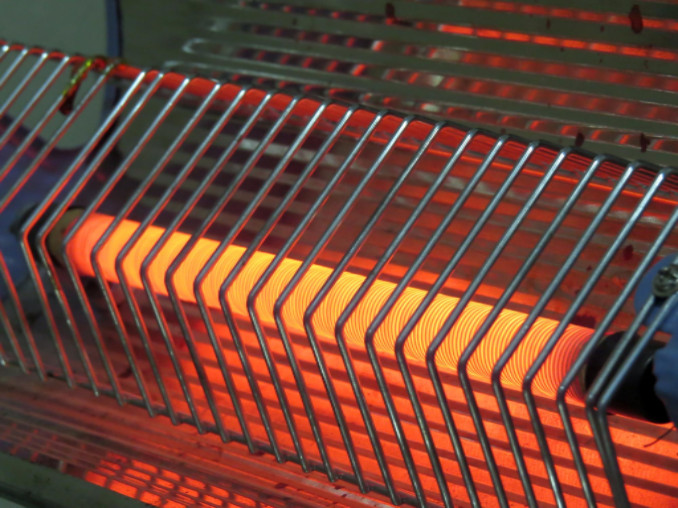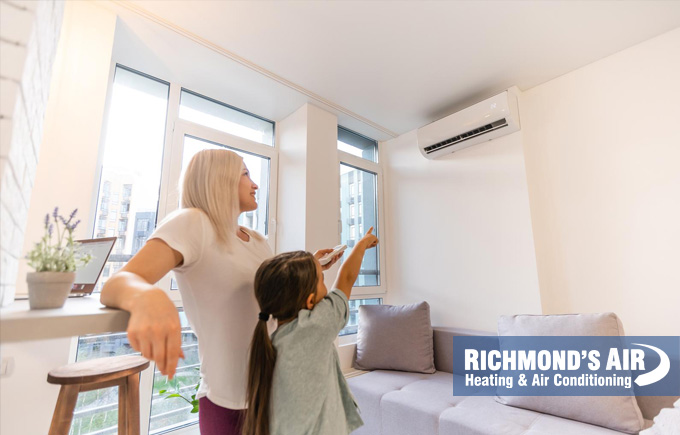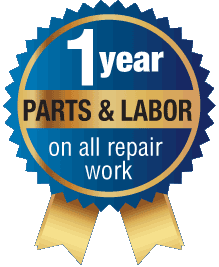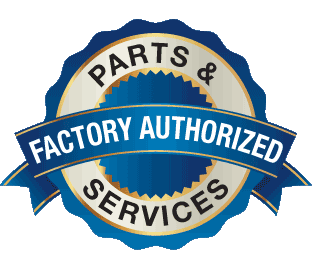Do you run away screaming from your furnace (like Kevin McAlister from Home Alone) when it starts making funny noises?

Unless you’re an HVAC professional, a furnace can be a daunting piece of machinery. In this article, we will give you a brief overview of the main parts of a furnace to help you understand what’s actually going on in that big, metal box.
A home can have one of four types of furnaces:
- Gas
- Electric
- Oil
- Dual fuel
Dual fuel heating systems are gaining popularity because of their efficiency and cost-effectiveness. While all of these types have their differences, they operate similarly by using many of the same components and mechanisms.
Here are the main parts that make up a modern residential heating system:
Blower motor
The blower motor is usually located near the base of the furnace in the blower chamber, and it resembles a hamster wheel. It contains a fan (or blower) that sends an even current of air through the appliance. Air moves past the heat exchanger and into the supply plenum. (Supply plenum is just a fancy name for the furnace duct that dispenses warm air into your house to make it feel cozy.)
Burners and hot surface ignitor
When the temperature drops below the thermostat setting, the thermostat sends a signal to the hot surface ignitor. The ignitor receives an electrical current that causes it to get hot and light the burners. Once the burners are lit, the hot surface ignitor kindles the combustible gases produced by the burners. This action leads to a steady, controlled flame.
Heat exchanger
The heat exchanger is one of the most important parts of a furnace because it deals directly with heat. It’s the first place where combustion gases arrive after the burners produce them. Once these vapors enter the heat exchanger, its metal walls absorb their heat.
The blower motor picks up this heat, pushes air past the exchanger and moves it through the supply ducts. At the same time, the draft inducer blower cools the combusted gases, vents them into a pipe (called a “flue”) and safely removes them from the house.
Since the heat exchanger deals with carbon monoxide, it should be inspected regularly by your HVAC specialist. It can develop cracks over time, leading to carbon monoxide leaks that can compromise the safety of your family.
Electric vs. gas heating & AC: Which HVAC system is best?
Learn about the pros and cons (like cost, maintenance, safety) of electric and gas powered air conditioners and heaters so you can decide which one’s right for you.
Flue
Although it sounds like exactly like something you don’t want during the winter, a heating flue actually helps to keep you nice and warm. Also known as an exhaust stack, the flue disposes unwanted exhaust that results from gas and oil combustion.
In some homes, exhaust fumes exit through a vent or pipe, while in others they filter through a chimney. Since exhaust from the furnace contains carbon monoxide, the flue plays an important role in keep it out of the air in your home. Flues are only found in gas and oil-powered furnaces.
Return ducts
While the supply plenum takes care of warm-air distribution, return ducts retrieve cool air from your home and cycle it back through the furnace. Then the process of heating and delivery begins again.
Air filter
Furnace parts should only be handled by professionals, except for the air filter. This part is located near the blower motor and catches dust, particles and other debris. The air filter has two functions:
- it improves air quality by removing allergens and pollutants, and
- it protects the furnace motor.
Regularly changing your air filter is important for keeping good air quality in your home and preventing the motor from breaking down.
When to call a professional HVAC
With so many parts involved, it’s no wonder that one or more can fail at times, leaving you and your family stranded in the cold. Familiarizing yourself with how a furnace operates can help you troubleshoot common problems, but it’s always a good idea to call a trusted HVAC technician to get a professional diagnosis.
If you live in the Houston, Spring or Katy areas, talk to Richmond’s Air – a full-service HVAC repair company! We can help you find the problem and identify a quick solution so you and your family can stay warm during the winter.
 Read reviews
Read reviews








